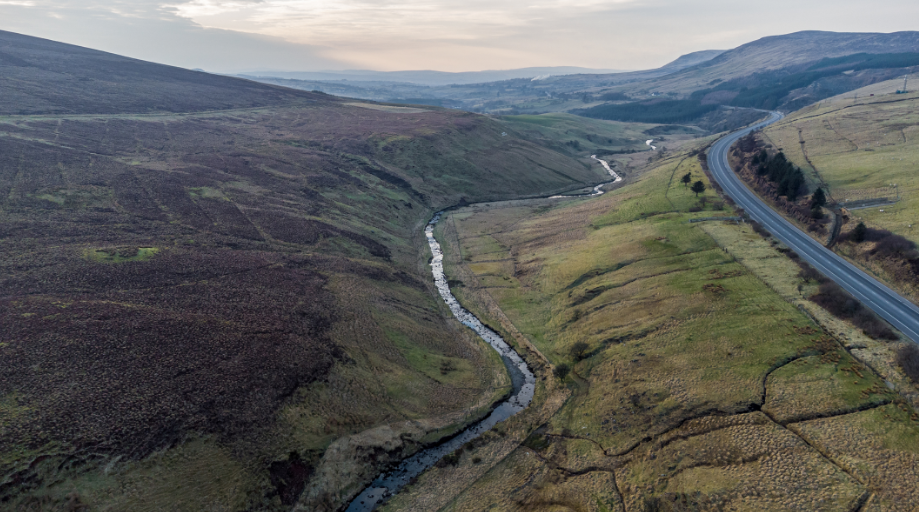This week the EPA published the 2021 Drinking Water Report showing the data relating to 2020. The summary information is an important insight to the quality of our drinking water, the key challenges and areas where improvements have happened since last year. The EPA tell us that overall compliance remains high for 2020 with values as high as 99.14% for Indicator parameters, 99.96% for microbiological parameters and 99.71% for chemical parameters. These figures give the impression – and rightly so, that our drinking water quality is really good.
However, we must strive to achieve 100% in all categories because the water we drink is an important source of health effects.
It is really important that water is free of chemical substances. One of the recurring challenges relates to trihalomethane compounds. These can arise as a result of disinfection practices where source water has natural organic matter. The report shows that overall, the number of supplies failing to meet the trihalomethane (THM) standard continues to decrease each year. However, there are still sites that continue to have THMs exceedances. The European Commission has noted Ireland’s poor record of compliance with the trihalomethane standard.
A continuing area of concern relates to the level of usage of pesticides within catchments and their subsequent occurrence in drinking water. The EPA highlight the need to look at prevention of contamination at source because of the challenge of removal of these chemicals in the water treatment process. The widespread use of herbicides and pesticides in general for urban land surface treatments must be challenged to reduce the source of pesticide pollution in Ireland. Perhaps the drive for greater biodiversity and developments in sustainable urban drainage solutions, will support this.
The report draws attention again to the issue of boil water notices, the number and duration of these. Also the Leixlip Water Treatment Plant failure is discussed. There is a clear need for improvements in management of treatment plants to address the climate change related effects that may lead to poor source water quality. This is certainly not trivial, but technologies are available to look at environmental decision support systems on source waters. These tools and technologies can support the management and operation of the treatment plants. Actions are listed in the report that can help reduce the risk of future failures in treatment plants.
Finally, lead.
The replacement plans for lead piping in homes is not going to meet the urgent need. The report highlights that “There was limited progress by Irish Water in 2020 to replace lead connections with only 1.5% of connections replaced compared to 8% in 2019. At the 2020 replacement rate it will take decades for Irish Water to remove all lead connections.” This is a very concerning point because lead in water is a serious contaminant that must be removed.
The annual report as always provides a great summary of the status of drinking water in Ireland. The actions and remedial work required is described however, it is not clear what can be done to further improve water quality more rapidly and therefore reduce the risk of health-related concerns for water users.
The EPAs Drinking Water Quality in Public Supplies Report can be found HERE

